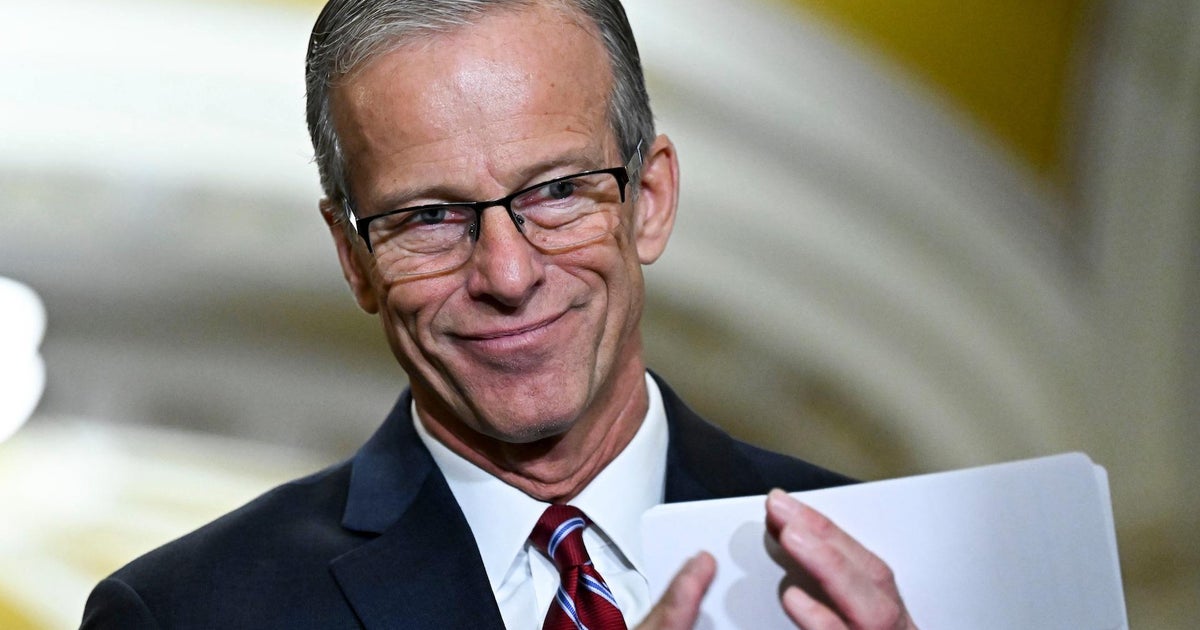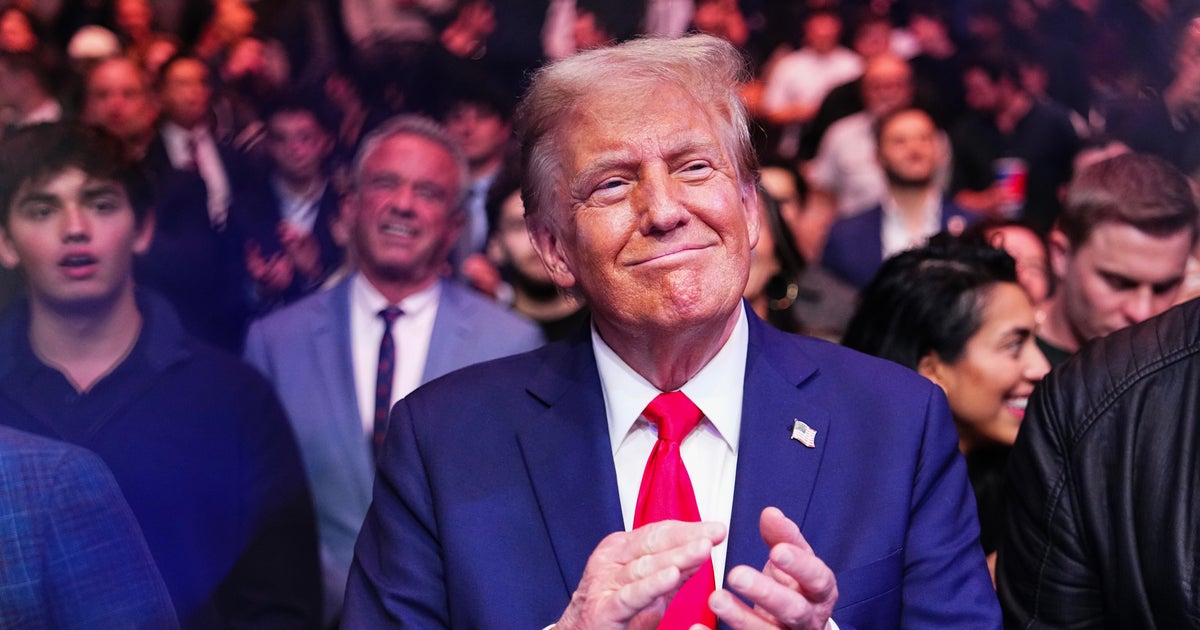Trump signs executive order creating task force on missing and murdered Native Americans
President Trump signed an executive order establishing a task force to address the rash of violence against missing and murdered American Indians and Alaska natives, an issue the administration has been focusing on in recent months. The executive order comes after Attorney General William Barr's rollout of a nationwide plan on Friday.
Mr. Trump was joined by Barr and several administration officials when signing the executive order, as well as a number of Native American tribal leaders. Mr. Trump told reporters present that executive action on the issue "should've been done a long time ago."
Shannon Holsey, president of the Stockbridge-Munsee Community Band of Mohican Indians, said in a statement after the executive order was signed that it was an "important first step."
"While there is so much that needs to be done to stop the violence perpetrated on Native women and girls, I appreciate the Administration for taking an important first step in establishing this Task Force," Holsey said.
The order created an interagency task force which will be led by the Department of Justice and Department of the Interior.
Barr announced the Missing and Murdered Indigenous Persons Initiative during a visit with tribal leaders and law enforcement officials on the Flathead Reservation in Montana. The initiative will invest $1.5 million in hiring specialized coordinators in the offices of 11 U.S. attorneys who will be responsible for coming up with protocols for a more coordinated response to violence against indigenous people.
The plan also allows tribal or local law enforcement to seek help from the FBI, and the Justice Department is committing to conducting an in-depth review of federal databases to determine best practices for collecting data on missing indigenous persons.
"American Indian and Alaska Native people suffer from unacceptable and disproportionately high levels of violence, which can have lasting impacts on families and communities," Barr said in a statement on Friday. "Too many of these families have experienced the loss of loved ones who went missing or were murdered."
Native American women experience some of the highest rates of domestic violence and murder in the country. Over 5,700 American Indian and Alaska Native women and girls were reported missing as of 2016, according to the National Crime Information Center, but only 116 of those cases were logged with the Department of Justice. Eighty-four percent of Native American women experience violence in their lifetime, according to the National Institute of Justice. A 2008 study found that women in some tribal communities are 10 times more likely to be murdered than the national average.
But violence against Native American women isn't just limited to reservations. A November report by the Urban Indian Health Institute found that there have been 506 cases of missing and murdered Native American women and girls in 71 cities across the U.S. since 2010. However, this data is almost certainly an undercount — UIHI identified 153 cases that did not exist in law enforcement records. According to the National Institute of Justice, 97 percent of Native American women who have experienced violence were victimized by non-Native American perpetrators.
Some in Congress are also attempting to address the issue with bipartisan legislation. A bipartisan group of senators is sponsoring Savanna's Act, which would increase coordination between federal and tribal agencies, improving tribal access to law enforcement databases and mandating that the attorney general and interior secretary consult with tribes on further developing these databases.
The bill would also require the Justice Department to create standardized guidelines for responding to cases of missing and murdered Native American women, and would mandate that statistics on missing and murdered Native American women are sent to Congress in a report each year.
The bill was approved in the Indian Affairs Committee this week and now goes to the Senate floor for a full vote.




